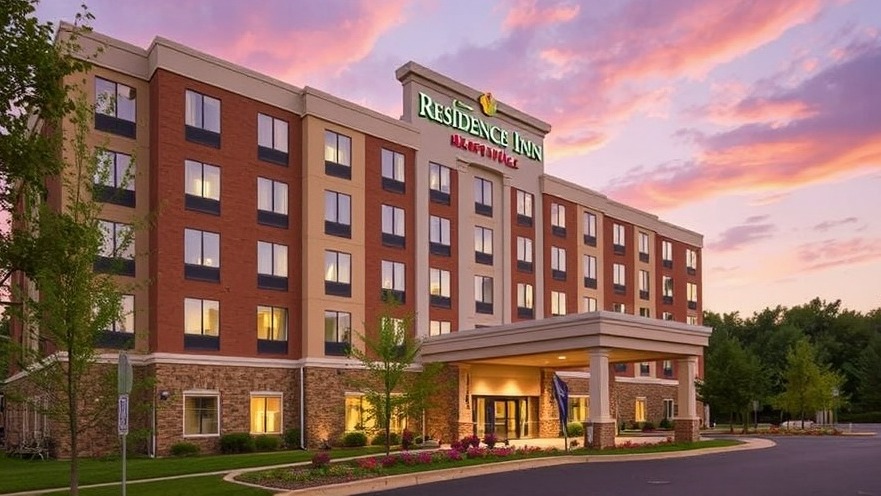
Exploring the Green Hills Residence: A Controversial Creation
The Green Hills Residence, crafted by architect Price Harrison, stands out in Nashville, Tennessee, not merely for its aesthetics but for the heated debates it has sparked within the architectural community. With its stucco-clad facade and intent to serve as a personal art gallery, this home invites admiration and critique alike.
Located in a lush neighborhood blessed with wildlife, including deer and hawks, the residence is designed to enhance its natural surroundings. It incorporates an open-air courtyard at its heart, designed explicitly to showcase art throughout the home. Harrison envisioned the space as a fusion of living and artistry, describing it as a "backdrop for our collection of photography and minimalist art." However, the public's reaction has not been as warm, with some readers labeling it "a blot on an otherwise pretty landscape" and questioning its artistic value.
The Tension Between Design and Community
This tension speaks volumes about the intersection of architecture and local aesthetics. The house's striking cubic volumes and the monochromatic palette of silvery greys and blacks may resonate with art enthusiasts who appreciate modernist influences, but they challenge traditional architectural forms that many residents are accustomed to. In a sense, the Green Hills Residence embodies the broader struggle between modernist architecture and community preferences, where classic styles often dominate the landscape.
Art Integration: Function versus Form
Central to the Green Hills Residence’s design is its aspiration to display art effectively. With interiors designed by local designer Marilyn McMackin, the choices in furnishings and materials, such as wide-plank oak flooring and engineered cabinetry, aim to complement the artwork rather than overshadow it. This intentional design invites guests to appreciate the art in context, but detractors are left wondering where the actual art is amidst such a powerful architectural statement.
Public Perception of Modernism in Architecture
The home's unorthodox design mirrors a larger conversation in architecture, where public sentiment often perceives modern styles as disruptive rather than harmonious. The backlash it received highlights a significant cultural dialogue: modern architecture's clash with classical design and community identity. Some historical figures, like Stalin and Hitler, opposed modernism in their architectural preferences, and now, even contemporary figures, such as former President Trump, openly campaign against it in favor of classical styles. This context raises critical questions: What does modern architecture represent in community dynamics? Are we willing to embrace innovative forms, or do we cling to traditional aesthetics out of fear of the unfamiliar?
Future Proofing with Innovation
Despite the controversy, the Green Hills Residence could symbolize a new wave of architectural innovation in Nashville. As more individuals seek residences that serve multifunctional purposes—such as living spaces that double as galleries or studios—the push for unique designs will grow. These forward-thinking projects might reframe community standards and pave the way for a greater appreciation of contemporary architecture. Especially for digital nomads, the balance of work and life in an inspiring space becomes crucial, adding dimensions to how we conceptualize homes as our most intimate workplaces.
Decisions Moving Forward
As discussions surrounding the residence evolve, potential homeowners and architects alike must ponder the implications of their design choices. Will they cater only to market preferences, or will they challenge norms and provoke thought? For those in the digital workforce, insights drawn from the Green Hills Residence serve not only to inspire personal workspace design but to emphasize the importance of creating an environment that expresses individuality amidst the predictability of modern design.
Ultimately, the Green Hills Residence, with its striking presence, fosters a dialogue about the essence of living spaces as reflections of personal and societal ideals. Should we prioritize community coherence over artistic ambition, or can these elements coexist harmoniously in our architectural landscape?
 Add Row
Add Row  Add
Add 




Write A Comment